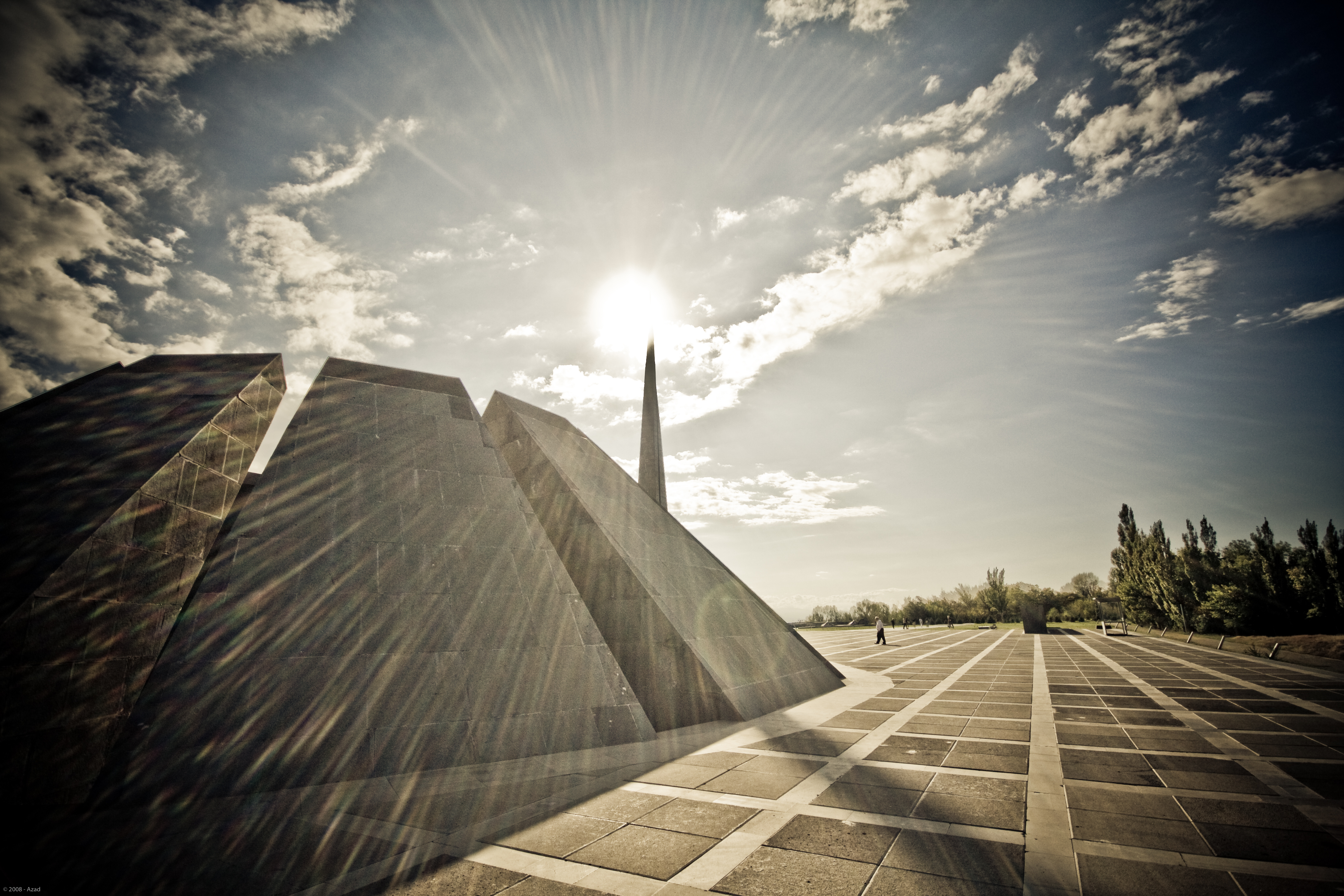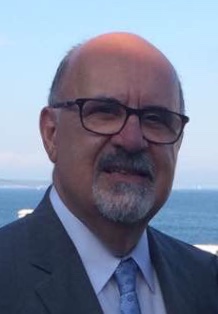
Similar to many other American Armenians, I have been watching the proceedings in the House of Representatives on H.Res.296 concerning the recognition of the Armenian Genocide. Given the decades of subordination of this tragic event, we are all drawn to any attention to return dignity to our existence. Regardless of the politics in our nation, as Americans and Armenians we are proud to listen to speaker after speaker offer commentary of support with both historical and contemporary references. It reflects the good intentions of many and also the strength of the Armenian Diaspora in generating political capital and professional relations. What started in the years after the genocide as a one-man lobbying show with the esteemed Vahan Cardashian has matured into a rights advocacy machine run by the grandchildren of the survivors. Turkey is absolutely correct in identifying the “Armenian lobby” as having an influence. But let’s give a little credit to the leadership of the Armenian Congressional Caucus. It also helps that they both have the truth on their sides. During Ittihad and early Kemal days, the Turks had a mission to kill as many Armenians as possible. This resolution speaks of only the Ottomans, but we know of the thousands lost in Cilicia after the French departure or the massacres in the east until 1923. It was their belief that the scattered survivors would assimilate into their host cultures within a generation, and that would be that. Well, then there was something called Sardarabad which stopped the eastward carnage. The Turks also forgot to read our history of resilience. Centuries before the Turks even knew the Armenian highlands, there was Vartanantz which has inspired generations. They should have known better. We are a people who succeeded in significant migrations from the highlands to Cilicia after the first Turkish wave to reestablish our national existence. American-born Armenians advocating for recognition are the worst of the Turkish nightmares. It is the best evidence of the futility of denying the truth. It is also evident in the Middle East, in South America, in Australia, in Russia and in Europe. In fact, anywhere the seeds of survivors were scattered, we see this rebirth. Yes, we are happy about the resolution, but we also need to be thinking about where we were, where we are and where we are going.
Where are we going? Headlights are a critical area of functionality for an automobile. They illuminate the path forward, and they enable our vision. With headlights, driving in darkness becomes possible. We need to keep our headlights on as a people. We need to rally around a vision. That vision on the Armenian Genocide needs to be articulated and advocated to our community by our leadership. You ask, “What vision? We are all together on the Armenian Genocide. We have a vision.” My response would be, “Do we?”
now that the recognition tide is turning, how do we effectively rally around a strategy as a nation that defines and realizes justice?
The Armenian Genocide has clearly been a common thread to our people. The pain of being an unrecognized victim has bonded our people, but it has also generated anger, resentment and even hatred. As we have discussed before, these are perfectly natural reactions, but they are not useful long term. How do we define closure for the Armenian Genocide? For some in the diaspora, the acknowledgment is enough to end the dark cloud of a denied victim. Others in our nation will accept an admission or “apology” from the Turkish government as resolution. A growing plurality believe that justice is connected to restitution and reparations for the human, territorial and material losses inflicted on the Armenian people. Still, another school of thought is that with the canonization of the martyrs we, on earth, should move on knowing that they have been sainted and are truly with our Lord. I have encountered another mentality that believes that we have become a “genocide-centric” society and that our focus should be on strengthening Armenia and Artsakh. Well, there you have it—at least five perspectives on how to proceed with the genocide. These perspectives are not in conflict, but they also do not represent any consensus.
Why is this important? We need to remember that it was only 1965 when the first country formally recognized the Armenian Genocide (Uruguay). More countries were added to the list in recent years, thanks in large part to the increasing maturity of our international advocacy. The tide has turned on the recognition campaign. The numbers say it, and the Turks know it. Their strategy of spending millions to lie has failed. The House passage of the Genocide resolution by a 405-11 margin is, by any standard, a strong statement. Of course in politics there is always a variety of motivations. For many (I like to believe), it is a statement of the “moral authority” of the US. For others, the timing of the Kurdish tragedy has brought focus to all Turkish atrocities. I am sure there are even a few who see this as an opportunity to voice opposition to the President’s Syrian policy. What they all have in common is bad news for Turkey. Of all the comments made on the record today, I found great pleasure in the frequent reference to our “supposed ally” Turkey. Perhaps, just perhaps, the veneer is beginning to crack. We should relish the moment of success of this meaningful victory, but we should also view this from a practical perspective. A House resolution by itself will not change foreign policy. A comparable resolution by the Senate could encourage the President to support the resolution in his annual April statement. Today we have the recognition of the Armenian Genocide by the US House of Representatives and not the United States. This is progress, but changing foreign policy is the endpoint.
While the US recognition process continues, it is clear that the trend worldwide is favorable. That being said, it is time for our “headlights” to unite us on a path forward. We must define the term “justice” in the context of the genocide. This raises the question of not only what is the vision, but who gets to decide. In reviewing the process, it can be summarized with two phrases: Republic of Armenia and the Armenian Diaspora. Prior to 1991, the diaspora led the charge on recognition and justice. After the creation of the sovereign republic in 1991, it became the recognized entity in the world of nations. Since that time, various groups in the diaspora have communicated with the homeland as it relates to this issue. In my view, this is not a sustainable model. I think everyone recognizes that, but our integration process is painfully slow and full of “turf” battles. The term ”diaspora” has been a convenient singular term for Armenia, but all parties understand the remarkable complexity in that simple word. The question remains, now that the recognition tide is turning, how do we effectively rally around a strategy as a nation that defines and realizes justice? In the diaspora, particularly in the US, two advocacy groups drive the work in this domain: the Armenian Assembly of America and the Armenian National Committee of America (ANCA). The Assembly began in 1972 as an “independent” advocacy group attracting Armenians from all backgrounds. The Armenian Revolutionary Federation (ARF) should be acknowledged for its decision in the 1970s to nurture the ANCA as a grassroots advocacy group which now has an international focus. Both do admirable work. Frankly, I would like to see more public and private collaboration when it comes to matters that require the consensus of the Armenian community and Armenia. The time has arrived to articulate a long-term vision, and that will require us to be on the same page. We need to focus more on the mission, not the organization. This is difficult for us as often our loyalties are to an organization and its influence. That is understandable, but what is truly effective is for all to be associated with the mission. Once the diasporan groups are reasonably aligned, communication with Armenia will be more effective. Today’s process feels sub-optimal, and the near term will require a more sophisticated mechanism. Each group appealing to its own set of supporters and then establishing its own relationship with Armenia makes consensus challenging. Our people are willing to follow a vision that reflects collaboration and clarity. This is less about criticism and more about dealing with our next set of challenges fueled by our success.
Our journey to dignity, respect and justice has prevailed over the incredible financial resources of Turkey and its denial. One of the greatest ironies of our tragedy is that those leading the struggle today are the grandchildren of those expelled or murdered. Today, they are highly educated, successful and committed. Around the world, they are carrying forward the cause of justice in the name of those who can no longer speak and those who are yet to be born. It is time for us to rally around a singular path to justice. This requires a greater level of collaboration and a subordination of “self interests” for the honorable mission. Some points remain clear. Genocide is a crime against humanity. Time has not diluted its impact or importance. It is our responsibility to articulate our path for justice and closure. The diaspora and Armenia need to embrace this vision. It took 50 years for our cause to become a public mission. The progress made in the last 50 has been impressive for truth believers and devastating for those who deny. With our headlights on, our future will continue to be illuminated.



Be the first to comment